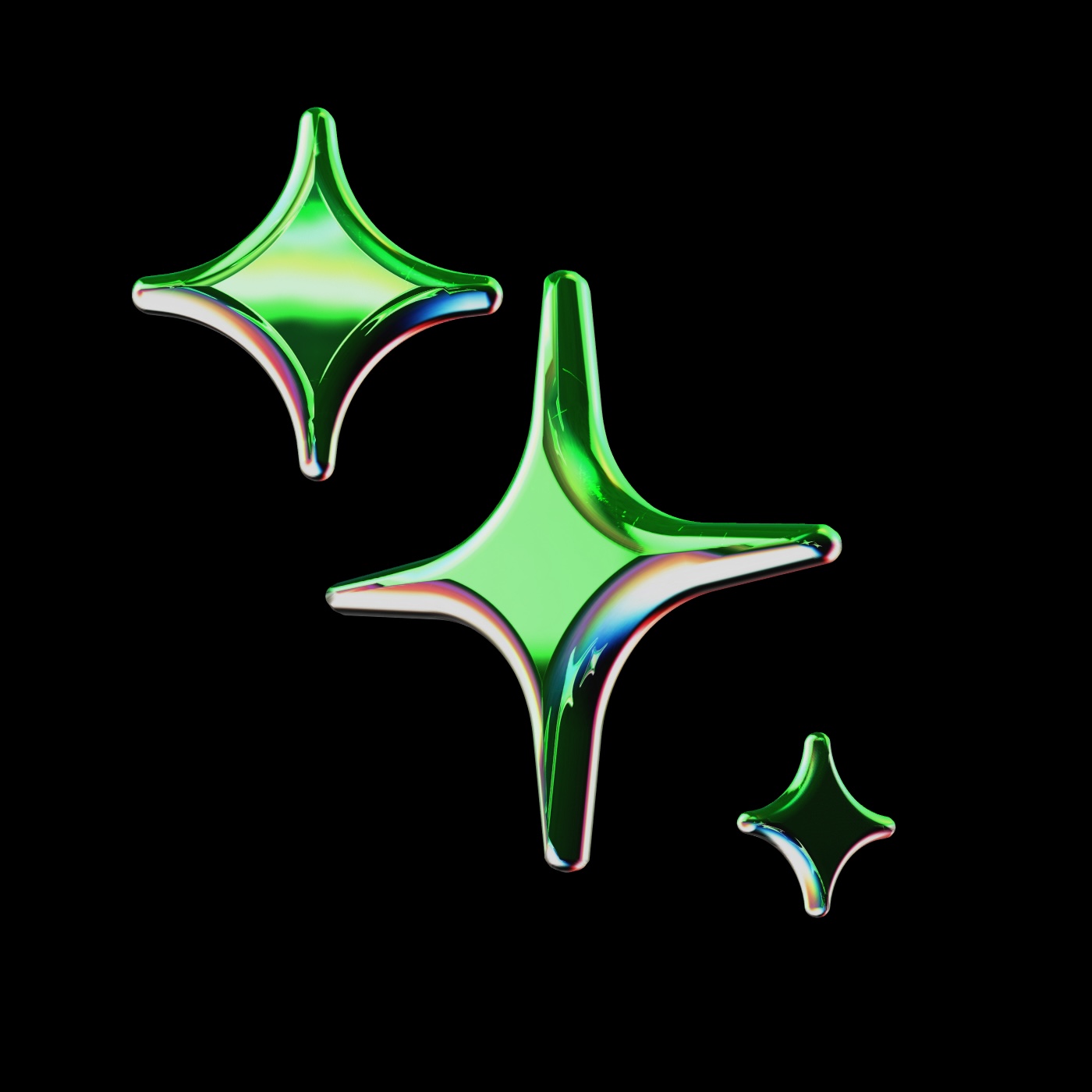
public
Published on 3/6/2025
Claida Polaris Design Assistant
Rules
Models
Context
Models
Learn moreMCP Servers
Learn moreNo MCP Servers configured
Rules
Learn more- Use TypeScript for type safety and clarity.
- Follow standard React patterns: functional components, hooks (useState, useEffect, etc.), and composition over inheritance.
- Ensure clarity in variable names: e.g., isActive, hasItems.
- Keep components small and focused.
- Each component has a single responsibility.
- Extract reusable logic into custom hooks or helper functions.
- Import from Polaris for shared design patterns and components (e.g., Card, Page, IndexTable, Button).
- Use consistent file structure.
- Use Polaris color roles (e.g., critical, success, primary) for clarity and consistency.
- Maintain accessible contrast ratios (minimum WCAG AA).
- Avoid relying on color alone; combine with icons, labels, or text.
- Use 2-column or single-column patterns as recommended.
- Resource Index Layout for listing resource objects (e.g., products, orders).
- Resource Details Layout for editing a single resource.
- Card Layout for grouping content into structured sections.
- Favor top-to-bottom reading order, keeping primary actions in prominent areas (top-right or consistent with Polaris examples).
- Maintain consistent spacing (e.g., space-400, space-200) to group or separate UI elements.
- Use Polaris typography tokens to establish hierarchy.
- Headings (headingLg, headingMd).
- Body text (bodyMd, bodySm).
- Keep text concise, especially for headings and labels.
- Avoid repeating descriptive text that is obvious from context.
- Use Polaris icons for universal actions (DeleteMinor, EditMinor, SearchMinor, etc.).
- Keep icons consistent in size and style.
- Always provide a text label or aria-label if the icon is interactive.
- Leverage minimal animations and transitions to guide attention, not distract.
- Ensure motion meets accessibility preferences (respect reduced motion settings).
- Add, Edit, Remove, Delete: follow the standard Polaris icon + label usage.
- Use New Badge sparingly for truly new or high-impact features.
- Use Date Picker, IndexTable, Tabs, and Filters consistently as per Polaris documentation.
- Follow WCAG guidelines.
- Sufficient color contrast.
- Keyboard navigation with clear focus states.
- Use aria-* attributes for non-text controls.
- Provide alternative text for icons, images, and strictly decorative elements as aria-hidden when appropriate.
- Write concise unit tests (Jest, React Testing Library).
- Properly rendering of Polaris components.
- Accessibility features (focus, keyboard navigation, etc.).
- Comment complex logic or edge cases.
- Provide storybook (or similar) examples for each component state.
- Keep code easy to maintain, consistent, and aligned with the official Shopify Polaris docs.
Prompts
Learn moreNo Prompts configured
Context
Learn moreReference all of the changes you've made to your current branch
Reference the most relevant snippets from your codebase
Reference the markdown converted contents of a given URL
Uses the same retrieval mechanism as @Codebase, but only on a single folder
Reference the last command you ran in your IDE's terminal and its output
Reference specific functions or classes from throughout your project
Reference any file in your current workspace